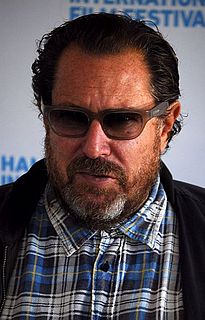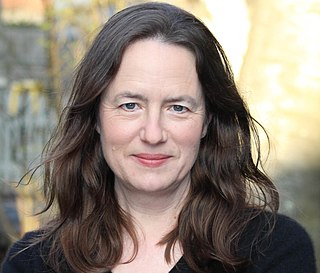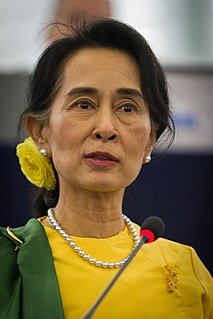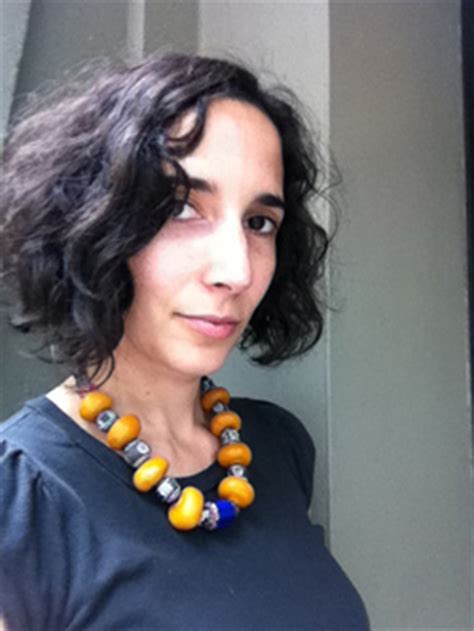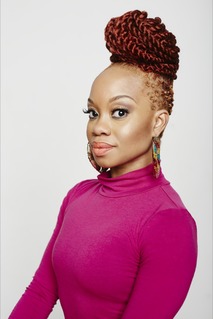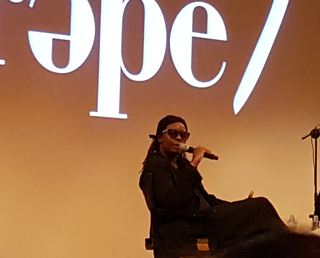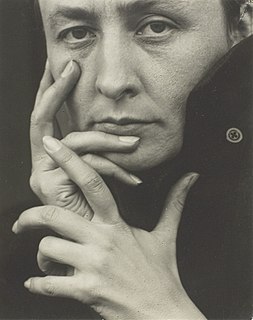A Quote by Kehinde Wiley
If I were making paintings of a bowl of fruit it would still be viewed through some sort of political lens, because the viewer wants to create a type of narrative around the political theme when they look at work depicting black and brown models.
Related Quotes
There were some types of sanctions that happen in the public world that made my work acceptable, where someone looks at the paintings and they don't - they may go, "okay," and then look at it in a different sort of way. Instead of just looking at it as some type of wild art, they look at it in a historical perspective or context.
Some people feel that it's controversial if I say that because my dad is known as a political artist. But I don't really believe that he was a political artist. I think some of his songs were political, and I think they were incredible because he was able to make art that was political and that wasn't pedantic. But I think he was unique in being able to do that.
The rise of a new kind of political science in the 1960s has been driving a wedge between political insiders and voters ever since. By turning voters into interest groups, it stopped establishment leaders from articulating a national narrative. It opened the way for Movement Conservatives to create today's political crisis.
Picasso and Matisse were the guys I wanted to get away from, and cubism is all still lifes. Their paintings are all closed drawings. And still life is a perfect form for that. By the mid-'50s, I sort of dropped the still life. The large picture was a way of getting around them, too. The abstract expressionists were also into the large form because it was a way of getting around Matisse and Picasso. Picasso can't paint big paintings. Matisse didn't bother after a certain point.
I pay my models to work with me, so there becomes this weird sort of economic bartering thing, which made me feel really sort of uncomfortable, almost as though you were buying into a situation - which, again, is another way of looking at those paintings. The body language in those paintings is a lot more stiff.
I think it's important for people to understand that dance, movement, choreography is about an experience and entertainment but it's also about perception and a lens. So when we're talking about a Black female's experience through a Black female's lens, that's going to be totally different from a Black female's perspective through a Black male's lens.

